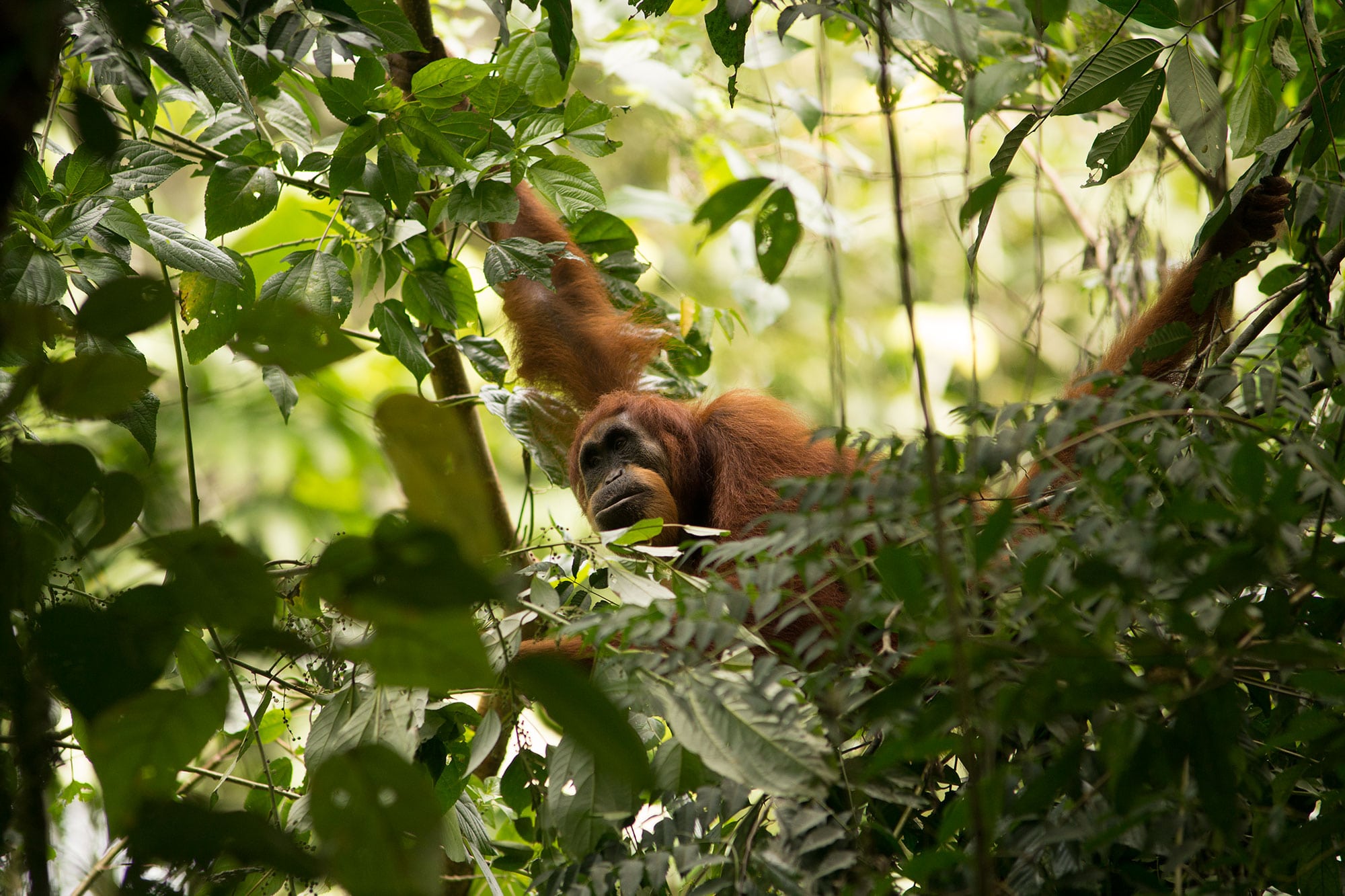About the Book
Intended for a broad range of policymakers, industry experts, decision makers, academics, researchers, and NGOs, this publication aims to influence debate, practice, and policy, seeking to reconcile ape conservation and welfare with economic and social development, through objective and rigorous analysis.
Read MoreExecutive Summary
This volume of State of the Apes examines the evolving interaction between industrial agriculture and the conservation of apes and their habitats. It explores the drivers behind agricultural expansion and ways to minimize and mitigate its impact on biodiversity.
Download Full SummaryFull Text: Volume II
This volume of State of the Apes examines the evolving interaction between industrial agriculture and the conservation of apes and their habitats. It explores the drivers behind agricultural expansion and ways to minimize and mitigate its impact on biodiversity.
Download Full BookOverview, Credits, Foreword, Notes, Acknowledgments
The preliminary pages include an overview of the book’s contents; a foreword from Tine Sundtoft, Norway’s Minister of Climate and Environment; notes to readers; and acknowledgment of the people who made the publication possible.
Download PDFIntroduction
This chapter provides a brief overview of the context in which industrial agriculture operates and the broader linkages to ape conservation globally.
Read MoreCh 1: Economic Development and Conservation of Biodiversity: Understanding the Interface of Ape Conservation and Industrial Agriculture
Human population growth is accompanied by the expansion of industrial agriculture, which is having a detrimental effect on ecosystems that sustain some of the world’s most exceptional biodiversity. Improving our understanding of how primates can coexist with humans and industrial-scale agricultural activity is crucial to their long-term survival.
Read MoreCh 2: Encroaching on Ape Habitat: Deforestation and Industrial Agriculture in Cameroon, Liberia, and Borneo
To date, the expansion of industrial agriculture into ape habitats has been more destructive in Asia than elsewhere. In view of the large agricultural concessions in the Congo Basin and West Africa, however, ape habitats in sub-Saharan Africa may soon experience similar pressures.
Read MoreCh 3: From Habitat to Plantation: Causes of Conversion in sub-Saharan Africa
Agriculture is Africa’s engine for growth. There is a pressing need to assess how current and planned agricultural projects in sub-Saharan Africa may affect ape populations and habitats. Efforts should also be made to integrate ape conservation and wider environmental concerns into planning for agricultural development.
Read MoreCh 4: Legal Frameworks at the Interface of Industrial Agriculture and Ape Conservation
Robust regional and international laws and agreements are in place to ensure environmental protection, but they cannot be effective unless individual states ratify them and establish the institutional systems required for their implementation. This chapter provides a trend analysis of national laws in eight ape range states.
Read MoreCh 5: From Process to Impact of a Voluntary Standard: The Roundtable on Sustainable Palm Oil
A number of voluntary standards and certification processes exist to minimize adverse social and environmental impacts of agricultural production. From a conservation perspective, the most important is the Roundtable on Sustainable Palm Oil. This chapter provides a critical assessment of this evolving standard.
Read MoreCh 6: Impacts of Industrial Agriculture on Ape Ecology
Forest clearance and degradation have a direct impact on apes through habitat destruction and fragmentation, depriving them of food and access to other groups, which is necessary for maintaining genetic diversity. Beyond this, the impact of agricultural expansion varies significantly across species.
Read MoreCh 7: Ape Populations over Time: Case Studies from Gombe, Mount Halimun Salak, Sabangau, and Wamba
To be effective, conservation interventions in critical ape habitats must be informed by evidence and lessons drawn from long-term engagement. They must also reflect geographical scale and political and economic contexts. Using case studies, this chapter looks at the threats to, and opportunities for, ape conservation.
Read MoreCh 8: The Status of Captive Apes
The number of apes admitted to rescue centers and sanctuaries in range states is increasing. In non-range states, captive apes tend to be kept in research laboratories, by the entertainment industry, as pets, and in zoos. Variations in legal protections within and between countries can leave apes vulnerable.
Read MoreAbundance Annex: Ape Population Abundance Estimates
In this 2015 online-only annex, ape abundance estimates are presented at site level.
Read MorePolicy Summary
The second volume of State of the Apes details the forces driving industrial agriculture, its myriad repercussions for ape populations, and alternatives to destructive practices. The policymaker summary presents a policy-relevant discussion of the impacts on apes and their habitat and recommendations of ways to protect them as industrial agriculture expands.
Download PDF

